Some people do not like summer at all and always want it to be winter. There was no summer in 1816, but this had bad consequences for even the biggest winter lovers to admit.
While our planet has transformed from a pale blue dot to a pale white snowball several times in the past, it has also bounced off the edge of this transformation several times. One of the most well-known of these events is 1816 occurred in the year. Year Without SummerIn this year, which is known as the Year without Summer, the Year without Summer, and the Year of Poverty, especially the Northern Hemisphere experienced very serious problems and could not see the Sun.
Global revolts, to the food crisis and this year, which caused general chaos, had been accurately predicted by a calendar, albeit by accident. Let’s take a look at the events that took place at that time.
Welcome to the Little Ice Age!
Mostly from the 14th century to the 1850s, the Earth was generally cool and was getting colder. Average temperatures in northern Europe up to 1 degree had fallen. In this process, epidemics and famines were frequently seen due to reasons such as heavy rainfall and low summer temperatures.
What we need to know about this event, which deserves an article on its own, is the first thing to know. of the Atlantic Glaciers This is how the glaciers grew, causing great famines in the 14th century, causing the lowest recorded temperatures in 1650, and expanding all glaciers in 1550. So many geographies where people live from a very cold period The volcanic activities that came upon him while passing by had heralded even worse times.
First Significant Explosion: 1814 Mayon Explosion
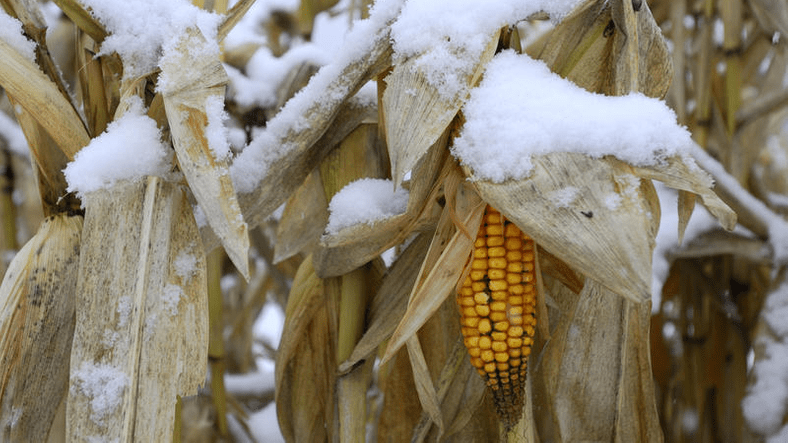
Of course, not having summer for a whole year is not an easy thing. behind this great natural events inevitably happen. In the case of 1816, it is necessary to look back a few years to find the causes. In this process, we encounter a lot of volcanic activity.
In order for the air temperature to decrease in the summer months, a place should not be able to benefit from sunlight sufficiently. This usually occurs when the sky is filled with ash and particles as a result of major volcanic activities. A series of volcanic activities also take place before the Summerless Year. One of the most important of these was the one that took place in the Philippines in 1814. Mayon Volcano eruption. The copious amounts of particles Mayon has emitted into the atmosphere are not actually strong enough to create the Summerless Year on their own, but when their power is combined with the explosion that follows, it creates a huge impact. Let’s fast forward a year now.
1815: Tambora Erupts With The Largest Known Volcanic Eruption
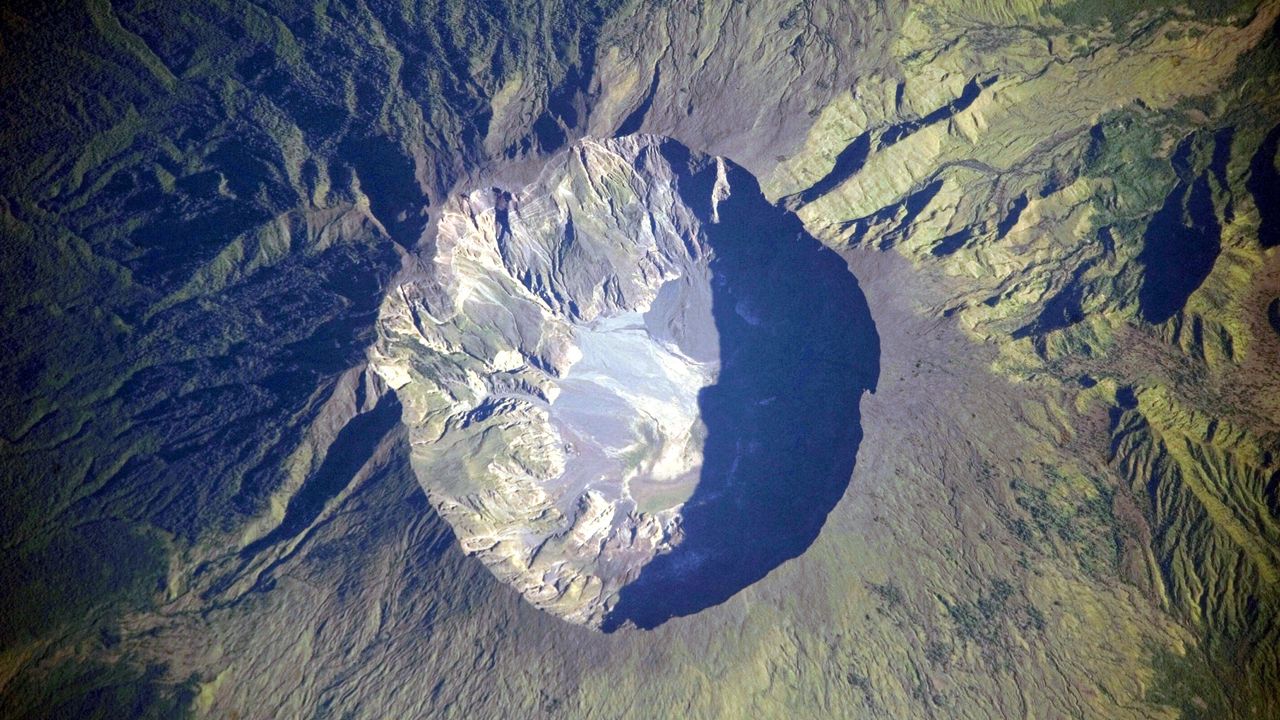
A scale similar to the Richter Scale we use to understand the effects of earthquakes is also available. VEI (Volcanic Eruption Index) used by name. Largest volcanic eruption ever confirmed at this scale in 1815one of the Indonesian archipelago Sumbawa took place on the island.
As eruptions begin on Tambora Volcano on April 5 April 10It was a day when volcanic activity reached its peak and eruptions were heard thousands of kilometers away. The mountain, which had an altitude of about 4300 meters before the eruption, to 2851 meters fell. It took the month of July to stop the explosions completely, and the end of the smoke output in August.
Another important aspect of the explosion was that the explosion, which reached a height of 43 kilometers, reached the statosphere. Light ash and particles can persist for periods ranging from a few months to several years. remained in the atmosphere and drifted with air currents.
Let’s come to the Summerless Year…
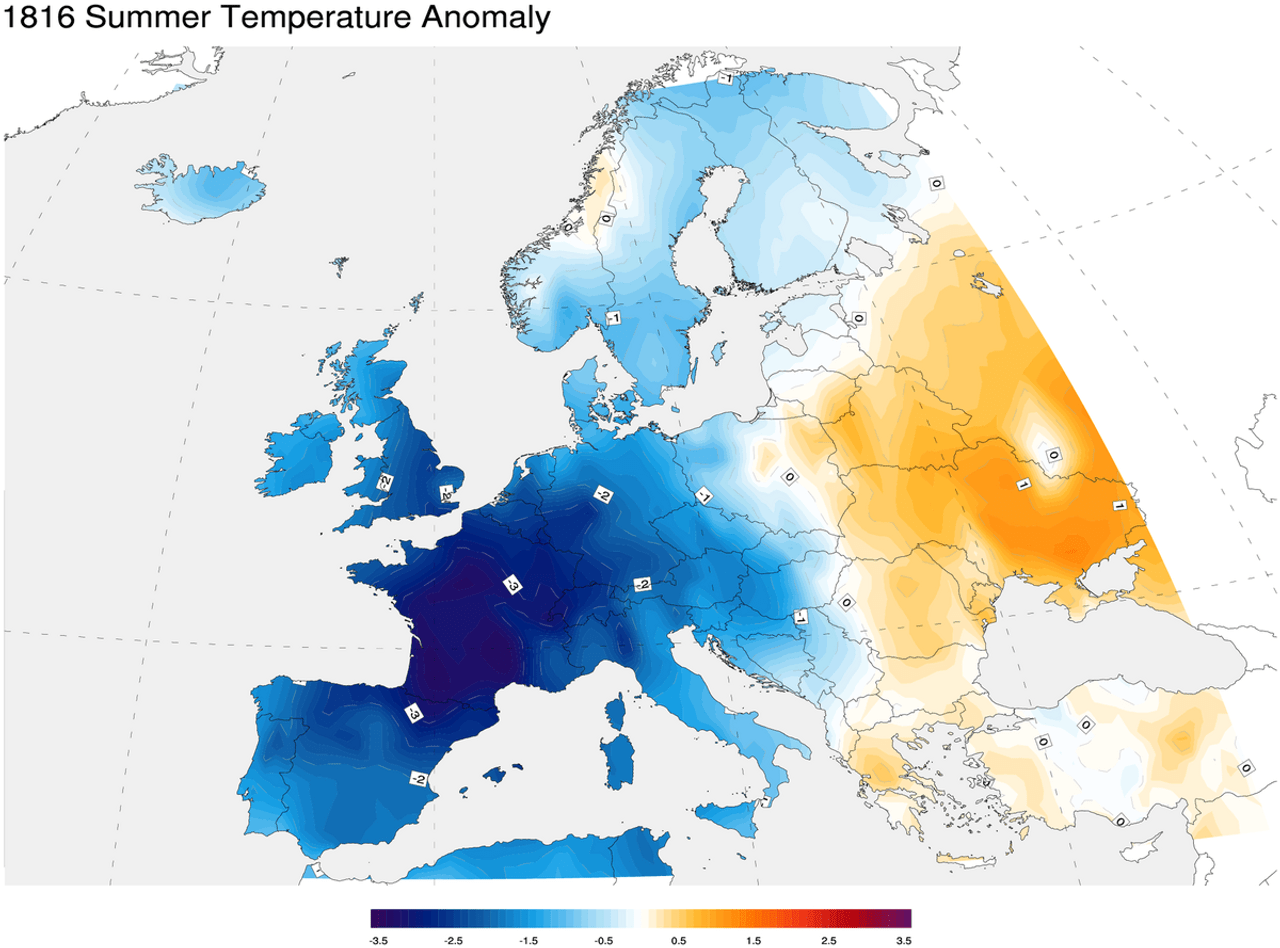
Historian John D. Post “The last great livelihood crisis in the western world” he said Year Without Summercame after all these disasters. According to many studies, the reason for this situation was the natural disasters above. The fact that the process came to the very end of the Little Ice Age further increased the gravity of the situation.
The eastern United States was partially covered by a permanent layer of fog. Because of this layer of fog, the sky is just like in disaster movies. has a red color went on the record. The northern parts of North America, which we cannot call an agricultural paradise, and the high-altitude regions were the places most dramatically affected by the temperature drop. Many crops died in the field due to the frost that started in May. on June 6 Snowfall took place in New York and surrounding cities. In July and August, frosts occurred in various regions, lakes and rivers froze.
The situation was no different in Europe.
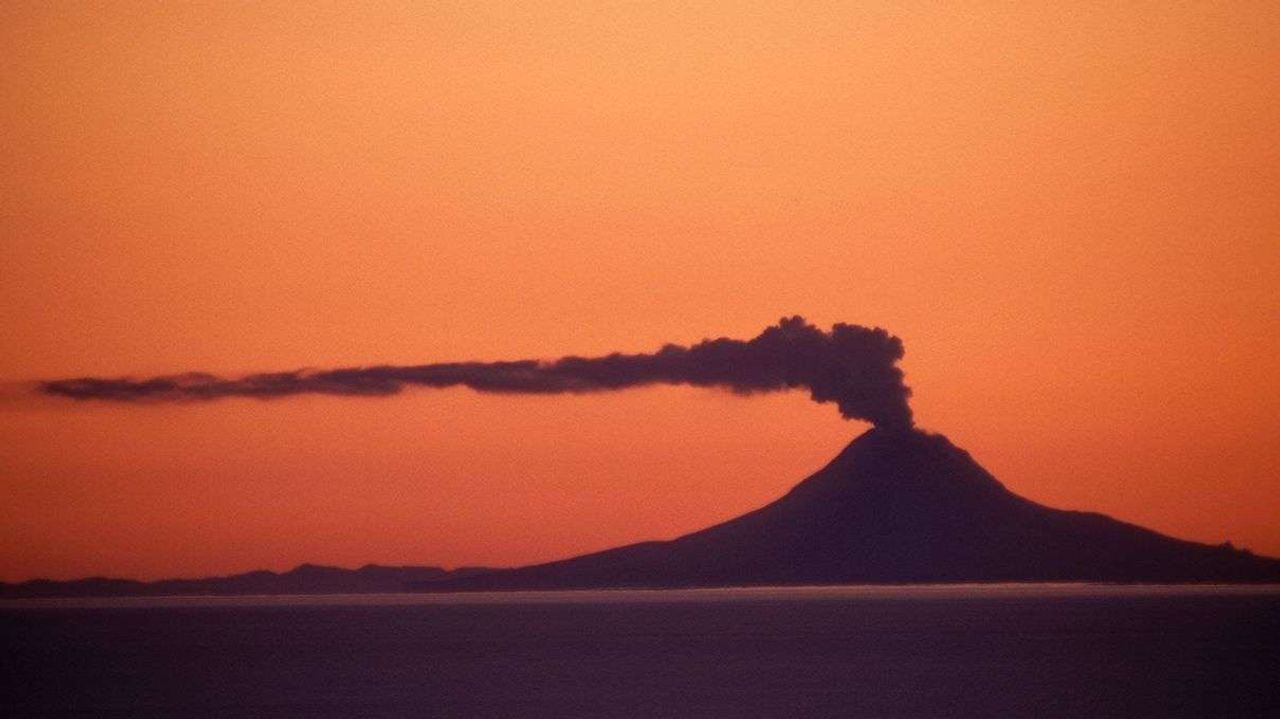
Especially not summer in britain caused great problems. Ireland and England faced a great famine. Welsh families had to travel long distances to beg for food or seek refuge elsewhere. In continental Europe, especially in Germany food prices soared. Incidents of arson and looting became very common. In many places lakes and rivers froze.
Floods were also seen in many regions due to unstable rains. These floods also destroyed the food left in the fields set up near the rivers. brown in Hungary, northern Italy and central Europe reddish colored snowfall seen. In Europe, where Napoleon burned a large part of agricultural lands in the long series of wars, when a summer-free year came, the famine caused people who could not get enough food to get diseases in the following periods and hundreds of thousands of people died in epidemics.
Asia also affected by the summerless year
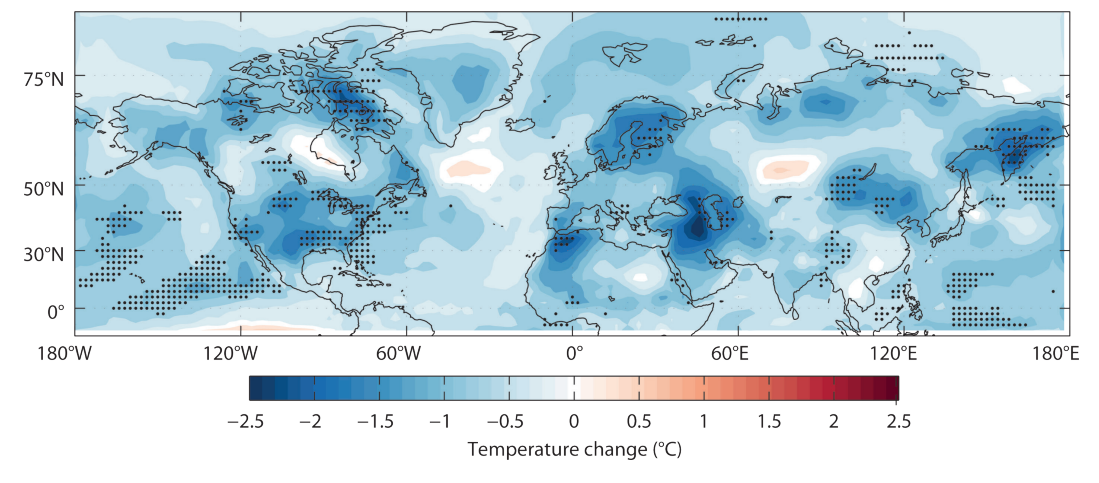
Of course, Asia also faced many problems because of the Summerless Year. especially in northern parts of China trees, crops froze and even herds of Asian buffalo perished. The plants left behind by the floods either died or failed to produce any crops. Major flooding occurred in many places.
The resulting humid environment and food shortages caused diseases to spread. Cholera, which emerged in the Ganges region in Bengal, turned into an epidemic that spread as far as Moscow. who emerged from a new famine Japan Despite the great difficulties, they managed to get out of the Year Without Summer with relatively less damage, thanks to their transition to a more frugal policy.
There was also a calendar that predicted Winter Without Summer
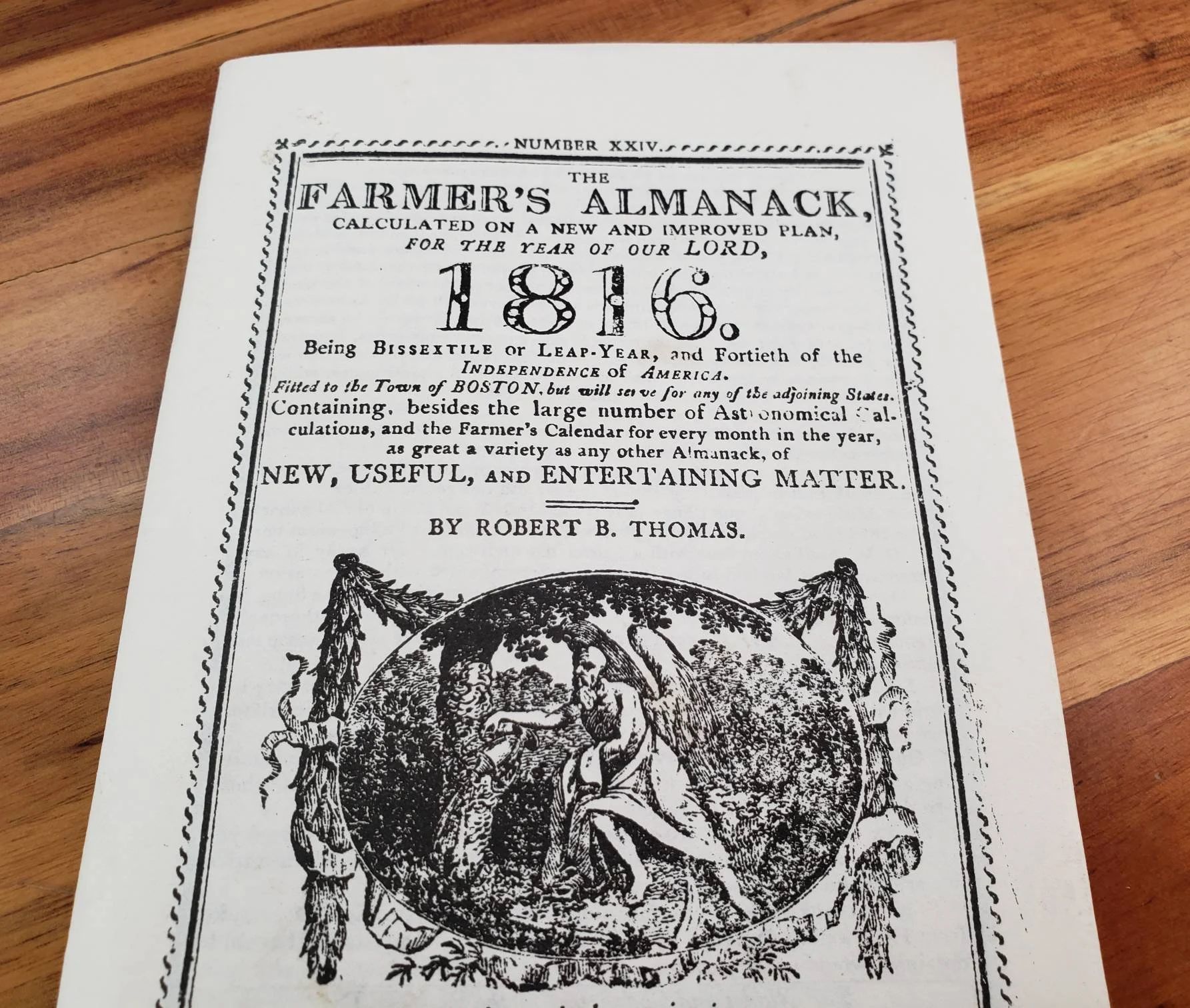
in 1792 Robert B. ThomasHe had begun to write an almanac for the use of farmers. Old Farmer’s Almanac This distinguished calendar, called On our calendars “Blood storm, 1. Cemre fall” This calendar, which contains information such as:
Thomas had a secret formula for this highly accurate calendar. This formula was based on the study of temperatures and weather phenomena recorded up to that time. In 1815, the calendar of 1816 was written with the same formula. For a long time people’s most important weather forecasting tool, the calendar came as a huge shock when it was released. According to the calendar, in 1816 in june and july it would snow. The reason for these estimates, which rival companies mocked, was a printing error: January-February forecasts were written instead of July-August.
